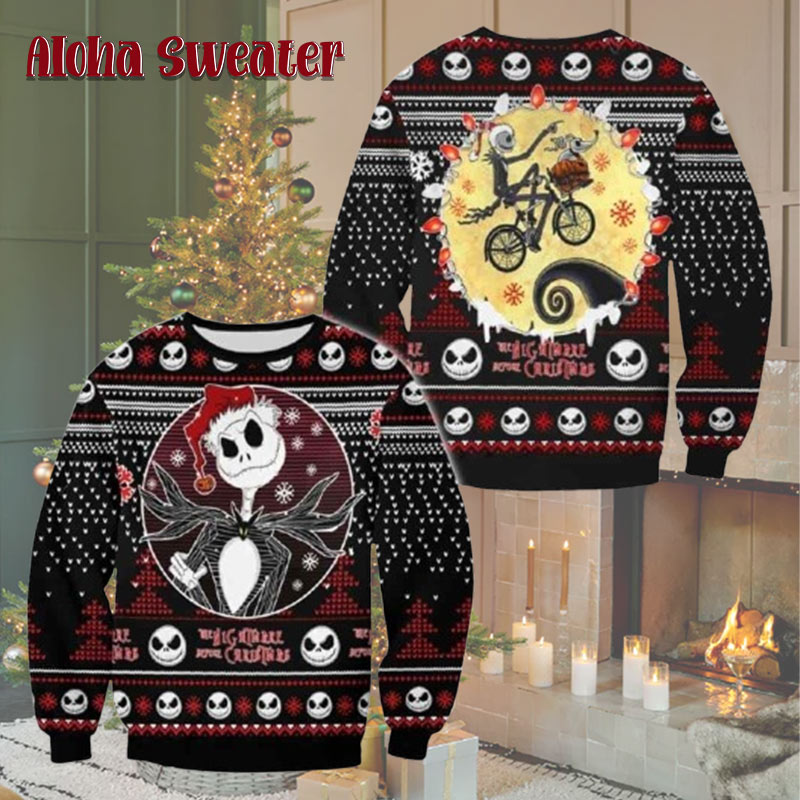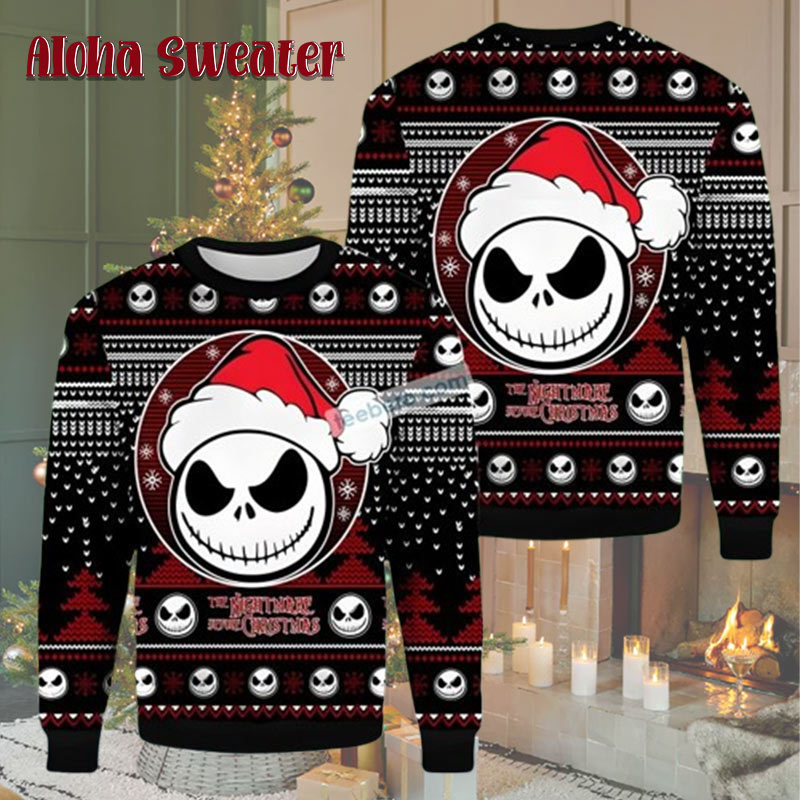Blog
Sweater Materials: Cotton, Fleece, or Wool – Which Is The Best Choice?
Sweater Materials: Cotton, Fleece, or Wool – Pros and Cons of Each
Not all sweaters are created equal. Some feel soft right away. Others keep you warmer. Some hold their shape over years. Others stretch or pill within months.
The difference often comes down to one thing: material.
Most sweaters today are made from one of three main materials: cotton, fleece (typically polyester-based), and wool. Each has its strengths and trade-offs. Some are better for layering. Some breathe well. Others excel at insulation.

This article breaks down each type—what it offers, what to watch out for, and why wool, in particular, continues to lead the pack for classic sweaters.
1. Wool Sweaters
Wool is the original sweater fabric. Long before polyester blends or cotton knits hit the market, people turned to wool to stay warm.
What is Wool?
Wool comes from the fleece of sheep, spun into yarn and knit into garments. There are many kinds—Merino, Shetland, lambswool—but all share core properties: insulation, moisture regulation, and resilience.
Pros of Wool:
- Excellent warmth: Wool traps heat even when wet. That’s why it’s used in mountain wear and cold climates.
- Breathable: Unlike synthetic fleece, wool allows air to circulate. You stay warm without overheating.
- Natural moisture control: Wool absorbs sweat without feeling damp. It keeps skin dry in winter.
- Shape retention: Wool springs back to form. Good knits don’t sag or stretch out easily.
- Odor resistant: The fiber structure resists bacteria growth, so wool smells better, longer.
- Longevity: Well-made wool sweaters can last for decades with care.
Cons of Wool:
- More care needed: Many wool garments are hand-wash or dry clean only.
- Can be itchy: Some lower-grade wools can irritate sensitive skin. Merino and blended wools solve this.
- Heavier feel: Wool sweaters often weigh more than cotton or fleece versions.
Ideal Use:
Wool excels in cold or damp weather. It’s a strong choice for winter wardrobes, especially when warmth matters more than lightness. In ugly Christmas sweaters, wool adds texture and holds festive knits well. For stores that offer only wool versions, it aligns with quality and tradition.

2. Cotton Sweaters
Cotton is everywhere in clothing, including sweaters. It’s soft, breathable, and easy to wear. But when it comes to true sweater performance, cotton has limits.
What is Cotton?
Cotton comes from the fibers of the cotton plant. It’s soft, plant-based, and often machine-washable. Many sweaters blend cotton with acrylic or polyester to reduce shrinkage and cost.
Pros of Cotton:
- Soft and smooth: Cotton feels good on the skin, even without layering.
- Non-irritating: It’s ideal for people with wool allergies or sensitive skin.
- Lightweight: Cotton sweaters are often lighter than wool.
- Easy care: Most cotton sweaters can go in the washing machine.
Cons of Cotton:
- Poor insulation: Cotton doesn’t hold heat well. It loses warmth when wet.
- Absorbs moisture: It soaks up sweat and rain—and stays damp.
- Loses shape: Cotton stretches and can sag over time.
- Shorter lifespan: Cotton fibers break down faster than wool with heavy wear.
Ideal Use:
Cotton sweaters work well in fall or mild winters. They’re also good for indoor use or warmer climates. However, they don’t serve well for cold or wet environments. If you’re looking for long-term durability, wool is the better pick.
3. Fleece Sweaters (Polyester-Based)
Fleece sweaters or pullovers often look and feel cozy. They’re made from polyester, sometimes blended with cotton. Though not “sweaters” in the traditional sense, they fill a similar role in casual wear.
What is Fleece?
Fleece is a synthetic fabric made from spun polyester. It’s brushed to create a soft, fuzzy texture, similar to the inside of a sweatshirt. Some sweaters use it as lining; others are full fleece shells.
Pros of Fleece:
- Warm for its weight: Fleece traps heat and feels cozy without bulk.
- Fast-drying: Polyester doesn’t absorb moisture, so it dries quickly.
- Lightweight: It feels soft and flexible, with no heaviness.
- Machine washable: Most fleece garments are easy to care for.
Cons of Fleece:
- Not breathable: Fleece traps heat—but also traps sweat. It can feel clammy indoors.
- Holds odors: Synthetic fibers can develop smells quickly.
- Pills easily: Over time, fleece surfaces can develop tiny fiber balls.
- Low-end feel: Compared to wool or cotton, fleece can look and feel cheap.
Ideal Use:
Fleece is fine for sporty or outdoor layering. It’s a go-to for loungewear or casual zip-ups. But for structured sweaters or statement pieces, fleece lacks form and doesn’t hold detailed knits.
4. Wool vs. Cotton vs. Fleece: Quick Comparison Table
| Feature | Wool | Cotton | Fleece (Polyester) |
|---|---|---|---|
| Warmth | ★★★★★ | ★★☆☆☆ | ★★★★☆ |
| Breathability | ★★★★☆ | ★★★★☆ | ★★☆☆☆ |
| Odor Resistance | ★★★★★ | ★★★☆☆ | ★☆☆☆☆ |
| Shape Retention | ★★★★★ | ★★☆☆☆ | ★★☆☆☆ |
| Moisture Control | ★★★★☆ | ★☆☆☆☆ | ★★★☆☆ |
| Ease of Care | ★★☆☆☆ | ★★★★☆ | ★★★★☆ |
| Texture | Varies by type | Soft, smooth | Fluffy, synthetic |
| Cost (avg) | Medium–High | Low–Medium | Low |
5. Why Wool Remains the Benchmark for Sweaters
Wool isn’t perfect—but it offers balance.
It keeps people warm, manages moisture, and ages well. It feels seasonal and traditional. That’s why most “real” sweaters—especially ones built for style, structure, or winter use—are made of wool.
Knitwear made from wool also holds design better. This matters in things like ugly Christmas sweaters, where color patterns, raised stitches, or chunky designs are part of the appeal. Wool carries those features with more clarity and durability than cotton or fleece.
It also signals intention. A wool sweater shows someone cared about making the item last. That feeling often matters during holiday seasons, when people want what they wear to hold meaning—not just comfort.
6. Tips for Choosing the Right Material
Even if your store focuses on wool, your customers may want to understand their options. Here’s how to help them choose:
- For cold weather, outdoor events, or travel → Wool.
- For mild climates, indoor wear, or sensitive skin → Cotton.
- For lounging, casual errands, or quick warmth → Fleece.
And if someone wants a sweater to keep for years, especially one with style or structure, wool is the clear winner.
Final Thoughts
Sweaters may look alike on the outside, but what they’re made of changes everything—warmth, feel, fit, and longevity. Wool leads the category because it solves many problems at once. It insulates, breathes, and lasts. It also connects to a history of real sweater-making.
Cotton and fleece have their place. They offer convenience and comfort in lighter use. But for serious sweaters—the kind people wear proudly, wash carefully, and pass down—wool holds the standard.
So the next time you pull on a sweater, check the tag. What’s in the fabric might say more than the design itself.
